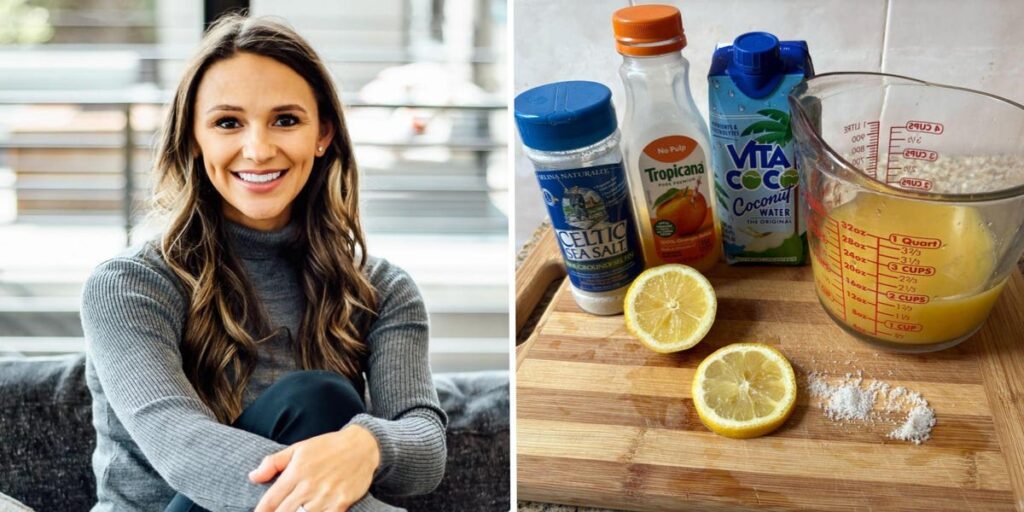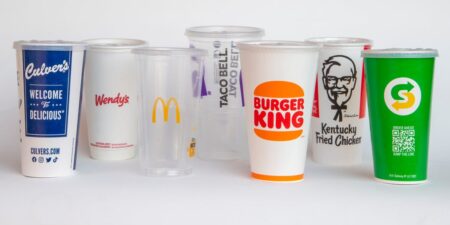Hydration is having a moment.
As wellness becomes a priority for consumers, electrolyte drinks are booming. Demand for sodas is dwindling. Instead, people are flocking to products designed to quench thirst and replenish nutrients.
Gatorade, PepsiCo’s OG sports drink, is now vying for cooler space alongside BodyArmor (from Coca-Cola) and Electrolit (owned by Keurig Dr. Pepper). A host of electrolyte powder packets are also competing for consumer attention.
They all promise an extra dose of electrolytes, key minerals like sodium and magnesium that maintain the body’s fluid balance and help the nerves function. We lose these nutrients when we sweat, and depleting them too much can risk symptoms of electrolyte imbalance ranging from mild headache to serious, even life-threatening seizures.
The problem is, many electrolyte drinks contain a surprising amount of sugar, sometimes as much as soda. Leading brands have as much as 36 grams of added sugar per bottle — the upper daily limit recommended for adults.
That can be helpful if you’re a pro athlete or practicing an endurance sport, since sugar is a quick way to top up your body’s glycogen stores, the key fuel source.
But most of us aren’t working out for hours at a time, and our typical diets are already loaded with added sugar, which can increase our risks of heart disease and cancer.
Here’s an alternative:
How to make a healthy electrolyte drink at home
For a healthier option that also saves you some cash, you can make your own sports drink at home using sea salt to provide electrolytes.
Sports dietitian Angie Asche of Eleat Nutrition shared a recipe with Business Insider from her cookbook Fuel Your Body.
To make it, combine:
- ½ cup orange juice
- ½ cup coconut water
- juice from ½ a lemon
- a pinch of sea salt
The fruit juice contributes added nutrients like vitamin C and potassium (another electrolyte) along with carbs for energy, at a fraction of the sugar in a typical sports drink. Coconut water provides other electrolytes like magnesium and calcium.
Depending on where you shop and if you buy in bulk, the ingredients cost just over a dollar per serving.
Asche recommends sticking to a hydration ratio of about three servings of water for every one serving of electrolyte drinks, depending on your activity level and how much you sweat.
Read the full article here
















